Off-roading can be a great way to explore new environments. However, this can often take a toll on your vehicle and your tires. To make sure that they last a long time, you need to make sure that you are taking care of them.
This often means performing activities like checking the pressure and repairing any punctures. But it’s also essential that you rotate the tires regularly.
Rotating your tires is especially important when you are off-roading. Often, the front tires will take more of a beating than the ones at the back.
Let’s look at everything you need to know about rotating your tires.
Before we dig deeper into how to rotate off-road tires, let’s look at why you need to do this at all.
When you are driving your car, you won’t wear all the tires equally. For example, when you’re off-roading you’ll often find that your front tires will be responsible for propelling the vehicle along the track.
As a result, these tires will be under more stress than the ones at the back of the car. When this happens, you could be placing yourself in a dangerous situation. The effects of uneven wear can be seen in the image below.
Because of the different tread on the tires, you might not have the same braking power. You might also notice that your car has become less maneuverable. This makes you more likely to slide out during the corners.
When you rotate the tires, you’ll be able to make sure that all the tires are wearing at the same rate, reducing the chances that you will have an accident.
It will also allow you to increase the lifespan of the tire. In some cases, you might be able to get thousands of additional miles. This can end up saving a lot of money in the long term.
Now that we know why it’s so important, let’s look at how you can rotate your off-road tires. There are a few ways that you might do this, depending on the type of tires you have, and the type of vehicle you are driving.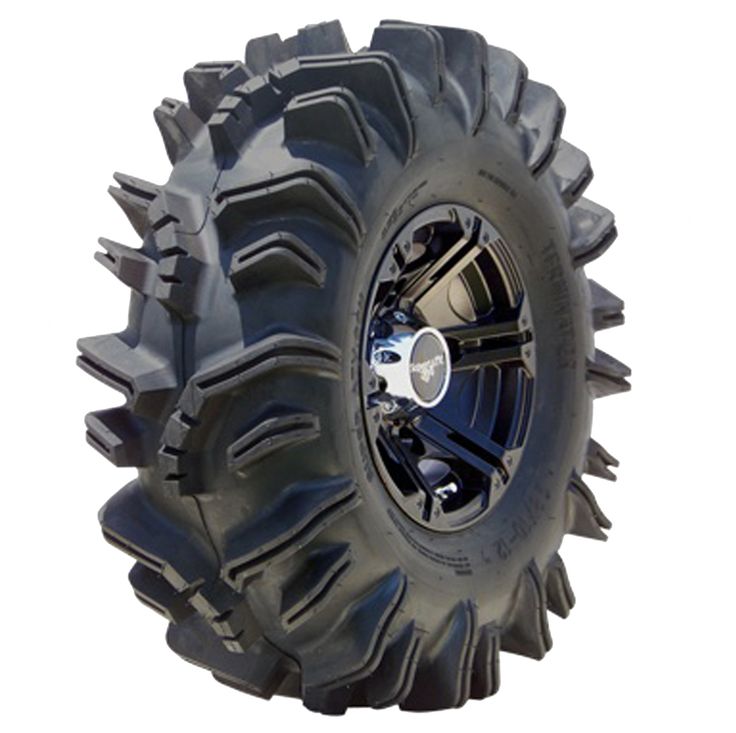
The first that you need to establish is the type of tires that you have. The best way of doing this is by looking at the tread.
You need to figure out whether or not the tire is directional. A directional tire is designed to be used on one side of the vehicle. In this case, the tread will be in a V shape. If you’re still unsure, look at the side of the tire. These tires will often feature a rotation sign, which points in the direction that the tire is intended to spin. An example of a directional tire is pictured below.
There is a second type of tire. The non-directional tire can be placed on either side of the vehicle. As a result, they will have a more geometrical trend pattern. These tend to be the most common types of tires on the road, and are the best option for general driving. An example of what a non-directional tire looks like can be seen below.
The reason we had to identify what type of tire you had is to make sure that you are getting the right rotation pattern. This is how you will swap the tires around.
Rotating Directional TiresGetting the right rotation pattern is especially important for directional tires. Remember, these can only be used on one side of the vehicle. If you accidentally put them onto the wrong side, they might not be able to get enough grip. This can allow water to get under the tire, increasing the chances that the car might start to hydroplane in wet weather.
In this case, you’ll need to take the tires from the back and put them onto the front axle. Then, take the ones from the front and place them onto the back axle. The below diagram will give you a better idea of what this looks like.
Rotating Non-Directional TiresThese types of tires can be driven on both sides of the car. This means that you have multiple rotation patterns to choose from. In this case, the type of car you drive will determine how you rotate the tires.
In this case, the type of car you drive will determine how you rotate the tires.
If you have a 4-wheel drive or all-wheel drive, you might want to use the rearward pattern. In this case, you need to take the back tires and replace them with the front ones, keeping them both on the same side of the vehicle.
Then, take the front tires and put them on opposite sides of the back axle. As an example, the old right front tire would become the new left-back tire. A great visual representation of this process can be seen in the below image.
In other cases, you might be driving a front-wheel drive. In this case, you will need to use the forward cross pattern. In this case, take the front tires off and move them to the back axle, keeping them both on the same side of the vehicle.
Then, take the back tires put them on opposite sides of the front axle. For example, the original right back tire would be moved to the left front side. You can see a diagram of how this process will work below.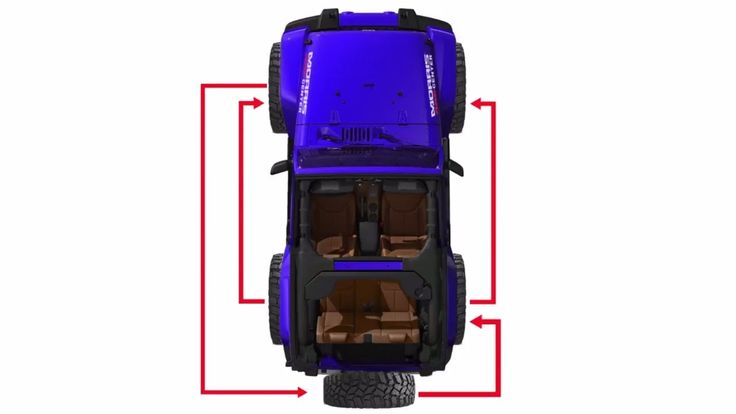
By this step, you should know the pattern that you will use to rotate the tires. Now, we can get into the nitty-gritty. Before you start, make sure that you have everything you need. You should have the following tools:
Before you start removing tires, it’s important to make sure that you are in a safe environment. In this case, make sure that you have plenty of room to move around. You also need to make sure that the car is parked on a flat surface.
Before you start work, make sure that the parking brake is on. You don’t want to risk the car sliding off the blocks while you’re underneath it.
Once you’re sure that you’re safe, you can start jacking up the car. To do this, find the jacking point. This is a reinforced part of the car, which is designed to have the jack applied to it.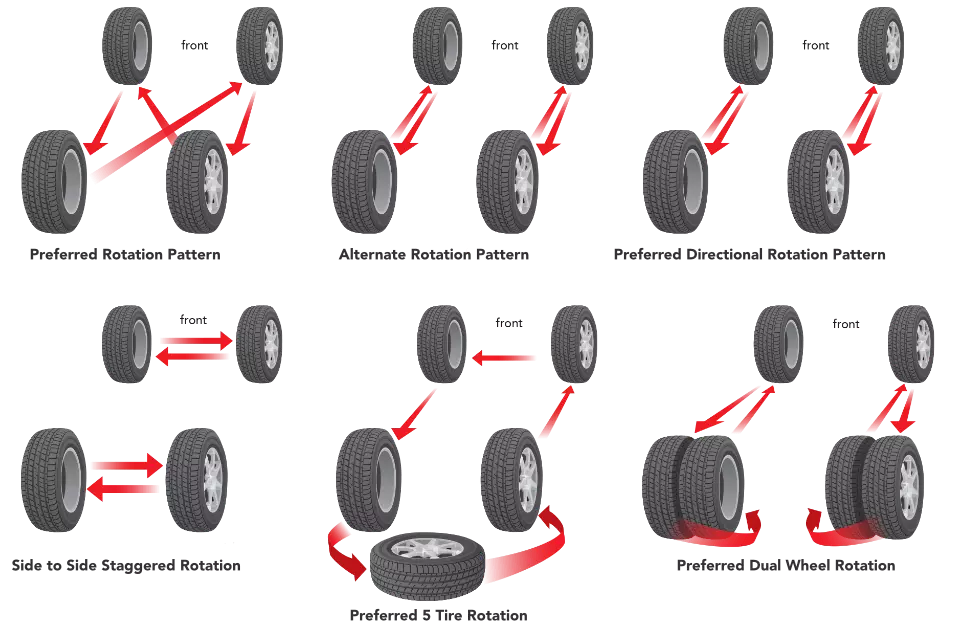 If you put it in the wrong place, the jack might bend or even puncture where your jack is.
If you put it in the wrong place, the jack might bend or even puncture where your jack is.
To find the jacking point, you should refer to the owner’s manual. This will often tell you exactly where they are. For most vehicles, it will be just under the front and back bumper. Often, you will feel a metal notch, which has been designed to fit the top of the jack. As seen below.
Once it’s in the right place, you can start to raise the jack. This will start to lift the car. As you do this, regularly check that the jack is still sitting at the jacking point properly.
Once the car is lifted, you can use the lug wrench to remove the tire. Place it over the nut and remove the nut. To make sure that you don’t lose them, place them into the wheel cover.
Depending on how you want to proceed, you can remove all the tires at once. Or you can remove them one at a time and put them into their new position.
Once the tire is in its new position, according to the rotation plan, you can start to tighten up the tire. To make sure that it’s as secure as possible, you should tighten it diagonally. This will make sure that the wheel is evenly tightened. You can use the below diagram to see the order that each of the nuts should be tightened in.
Repeat this process until you’ve successfully rotated all the tires to their new positions.
Hopefully, you now feel confident rotating your tires. But, how often should you do this?
Often, this will depend on the way that you have been using them. As a general rule, you will need to look at the amount of wear that you have on the tires. When the wear becomes too excessive, you should rotate the tires. An example of excessive wear can be seen below.
When you are driving off-road, you might need to rotate your tires more frequently. This is because you will be placing more pressure onto the tires, increasing the amount of wear that you will be causing. For this reason, you will need to check the tires more often, to make sure that you know what condition they are in.
For this reason, you will need to check the tires more often, to make sure that you know what condition they are in.
There are often several reasons why one tire has more wear on it than another. First, you might want to think about the type of roads that you are driving on. For example, when you are driving along a gravel road, the rocks are thrown at the back wheels, so they have a higher wear rate.
You should also think about the way that the load has been distributed on the vehicle. For example, you might put heavy equipment in the back of the car, putting the back wheels under more pressure.
The suspension on the vehicle might also affect the types of forces that the tires are exposed to. This is one of the most common reasons why the front and back tires might have a different wear rate.
The way your tires have been inflated and aligned can often impact on the type of wear that you experience. The below image shows some of the most common tire wear patterns and what they can show about your car.
Finally, the biggest impact might be the type of tire that you are using. This can affect how durable it will be. To give you a better indication, let’s look at some of the most common types of tires on the market and how long they should last.
Let’s start by looking at one of the most common types of tires on the market. The all-terrain is designed for general driving.
In most cases, these will last for around 6,000 miles (10,000 km), or every three oil changes. After that, you should check them thoroughly and rotate.
Though they are designed to be relatively durable, if you are going off-roading, you might want to check them once you get back. The harsher conditions might require you to rotate them more frequently.
A tougher alternative to all-terrain tires, off-road tires are the best choice for exploring rougher trails.
When compared to all-terrain tires, you will notice that off-road tires are made from thicker rubber. You’ll also see a deeper tread, giving you more traction on dirt trails.
You’ll also see a deeper tread, giving you more traction on dirt trails.
Like All-Terrain tires, you should aim to check them every 6,000 miles (10,000 kilometers). This will be the best time to rotate them.
Finally, you might want to consider using mud tires, especially if you’re going off-roading after a heavy downfall. These tend to be the best when heading into very rough terrain, featuring very thick tread. This will give you lots of traction, even when facing mud.
Because they will be getting used more roughly, you might want to rotate them more frequently. In most cases, mud tires should be rotated every 3,000 miles (5,000 km).
You should also make sure that you are only using mud tires when you’re off-roading. They aren’t designed for day-to-day road driving. Remember, they have been designed especially for muddy tracks.
When on the road, they won’t have as much traction, which can cause you to start to lose control at higher speeds. Also, because they are heavier, you will lower the fuel efficiency of your vehicle. That being said, some MT tires are capable of being used on daily drivers, they just don’t offer the best ride.
Also, because they are heavier, you will lower the fuel efficiency of your vehicle. That being said, some MT tires are capable of being used on daily drivers, they just don’t offer the best ride.
One of the biggest reasons why people rotate their tires is to make sure that they last longer. However, even though you will be able to increase their lifespan, you will need to replace the tires eventually.
Often, the best time to spot potential problems is when you are rotating them. This will allow you to make sure that you replace them at the right time. When checking this, there are several potential warning signs that you want to look for.
First, you want to take note of any uneven wear on the tire. Even if you’ve been rotating them frequently, you might still notice this issue. If the problem gets too bad, you will have to replace the tires entirely.
Often, the uneven tread is caused when the car isn’t in the correct alignment.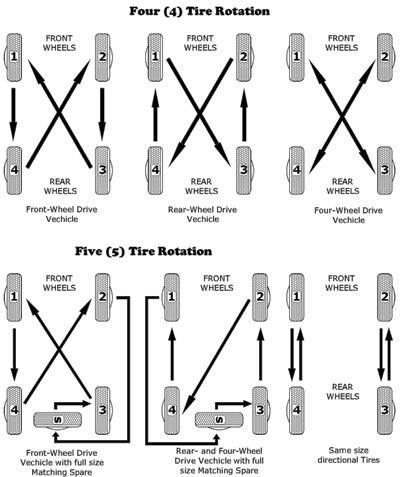 For this reason, you might want to check in with a mechanic. This problem can also occur if you haven’t been inflating the tires properly.
For this reason, you might want to check in with a mechanic. This problem can also occur if you haven’t been inflating the tires properly.
Another big problem is a puncture. This is common when you take your car off-roading, as sticks or stones might pierce through the rubber. For smaller punctures, you might be able to make a temporary repair yourself, as seen below. But, the safest option to replace the tire as soon as possible, getting a new one.
https://www.youtube.com/watch?v=mXNWqzkYXCQVideo can’t be loaded because JavaScript is disabled: Tire Puncture Repair Kit Instruction (https://www.youtube.com/watch?v=mXNWqzkYXCQ)
You should also know your tires used by date. As a general rule, you shouldn’t keep the tire on the car for more than 10 years. When they start to get older than this, you might want to consider replacing them, as they will be more likely to develop issues.
Finally, take note of the way it feels when you are driving the car.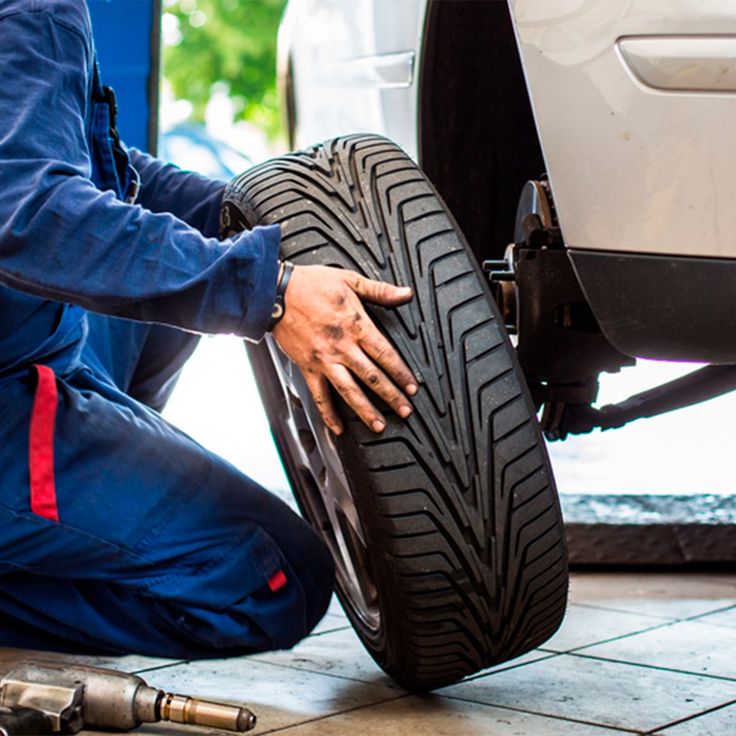 For example, you might notice that you are hearing odd noises or getting strange vibrations. These can be signs of a larger issue. As an example, it could be an indication that the wheels are out of alignment. For this reason, you should make sure that you take the vehicle into a mechanic, so they will be able to inspect it for you.
For example, you might notice that you are hearing odd noises or getting strange vibrations. These can be signs of a larger issue. As an example, it could be an indication that the wheels are out of alignment. For this reason, you should make sure that you take the vehicle into a mechanic, so they will be able to inspect it for you.
We rotate the tires to make sure that they wear evenly. This will make sure that you have the right amount of traction on the road. It will also extend the life of the tires.
Before rotating the tires, you need to consider the type of tire and car you are driving. This will tell you the right rotation pattern to use. Then, you need to make sure that the environment is safe. If it is, attach the jack, remove the tire, and place it into its new position.
How often you need to rotate the tire will often depend on the type of tire that you are using. In most cases, you will be able to rotate them every 6,000 miles (10,000 km) or every three oil changes.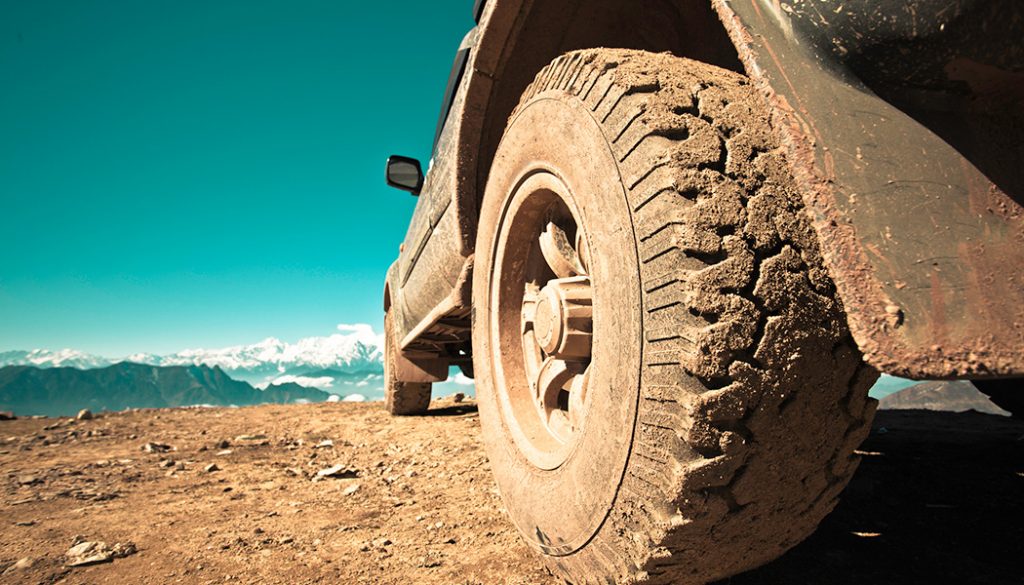 However, if you are using mud tires, you might want to rotate them more frequently, around every 3,000 miles (5,000 km).
However, if you are using mud tires, you might want to rotate them more frequently, around every 3,000 miles (5,000 km).
When you are rotating the tires make sure to inspect them, taking note of their condition, so you know whether or not you need to replace them.
Off-road riding is a very effective way to get to know new landscapes. As it is an extreme activity, it is a fact that the tires will feel the impact of the geography of the terrain. One way to preserve tire life is to get into the habit of performing some preventive actions. These actions include checking tire pressure, repairing punctures, and periodically rotating the tires. If you frequently use mud tires on your extreme trips, you may wonder how often you should rotate these tires to maintain them as long as possible.
Because mud tires are subject to rougher use, experts recommend that the ideal rotation period be every 3000 miles or 5000 kilometers. In contrast, you can rotate off-road tires every 6000 miles or 10000 kilometers.
In contrast, you can rotate off-road tires every 6000 miles or 10000 kilometers.
Tire rotation is a critical factor in the off-road world, besides being a common practice. It would be best if you only used these tires when off-roading in terrain that deserves it. This type of tire is not appropriate for daily on-road driving. Tire rotation does not allow repositioning the tires front to back or side to side to extend their life. But to understand more about mud tires, the importance of tire rotation, and the measures we can take to take care of them, we invite you to read on.
Tire rotation is more than periodically changing the position of each vehicle’s tires. Many people associate the tire rotation frequency with changing the oil every 5000 miles. However, for the specific case of mud tires, the rotation frequency must be earlier since the wear is much more significant and faster than conventional tires.
Tire rotation is the best opportunity to check them for significant damage visually.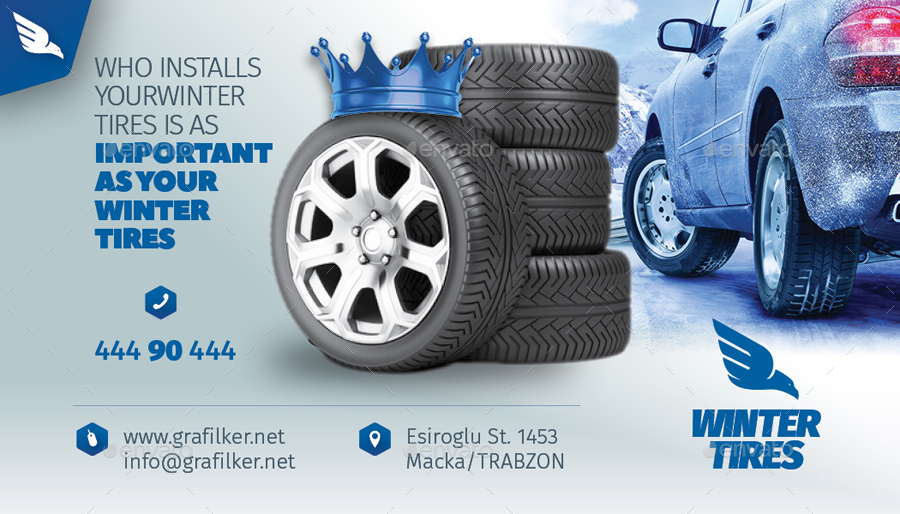 It helps to detect punctures, check air pressure, and rebalance them if we notice vibrations when driving the vehicle.
It helps to detect punctures, check air pressure, and rebalance them if we notice vibrations when driving the vehicle.
There are a lot of solid reasons why it is imperative to rotate mud tires periodically.
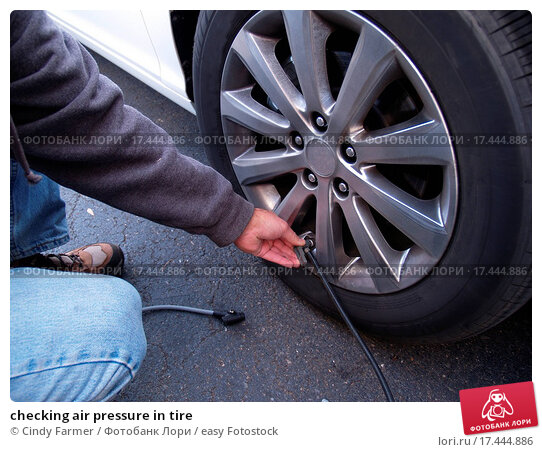 Uniform wear allows the driver to have optimum cornering and braking performance and preserve the safety factor.
Uniform wear allows the driver to have optimum cornering and braking performance and preserve the safety factor.The mud tire has a unique design to cope with harsh and extreme off-road conditions. These tires usually have deeper treads and larger sidewalls that help provide better grip in slippery, loose, and high-risk terrain such as mud, snow, and sand. Mud tires will perform better off-road than on-road.
When off-road riding frequently on complex terrain surfaces, experts recommend using mud tires. These tires are the most appropriate when riding on very rough terrain, as they require tires that have a very thick tread. This type of tread provides optimum traction.
Driving in mud or on outer surfaces forces us to drive much more abruptly than usual, so professionals in the off-road world advise rotating mud tires every 3000 miles.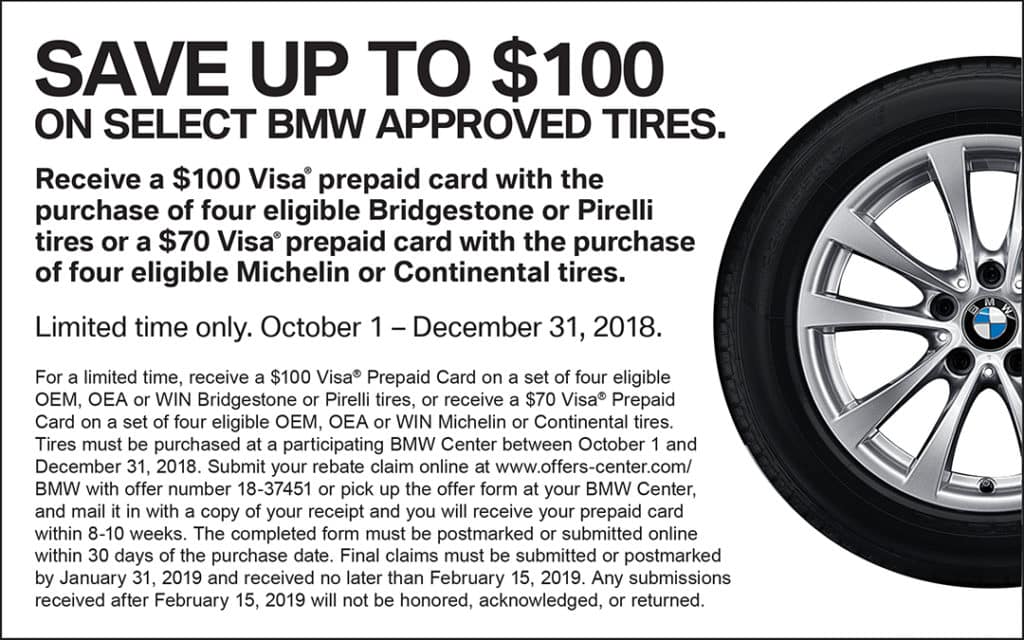
A golden rule is that mud tires should only be used off-roading, not for everyday highway or street driving. Mud tires will have no traction on the road, which makes it highly unsafe for the driver and his passengers. Even professional drivers can lose control on the road if using these tires at high speeds. Although you can use some mud tires daily on the road, they cannot provide the best driving experience.
Tires, like other parts of the vehicle, are wearing pieces. Depending on the type of tire, some may last longer than others; however, the reality is that we will have to replace them at any moment. Off-road vehicles and off-road practice will involve traveling through extreme and treacherous terrain. In these conditions, tires can suffer accelerated wear if we do not take some measures to take care of them. We will now review some steps we can take to contribute to tire durability.
No matter what off-road vehicle you drive, selecting the right mud tire model is essential according to the manufacturer’s indication. The aspect you should check is the gross vehicle weight indicated by the manufacturer; it is also necessary to know the recommended tire inflation pressure.
The aspect you should check is the gross vehicle weight indicated by the manufacturer; it is also necessary to know the recommended tire inflation pressure.
The selection of the mud tire is a simple task when it comes to original off-road vehicles. But in the case of modified cars, tire selection may be a more complex task. Modifying a vehicle for off-road use involves changing the suspension lift and increasing the tire size, which means we will add more weight to the car. In this case, the best thing to do is to go to a specialized center that will guide us concerning which would be the ideal mud tire for this type of vehicle.
Many people are unaware of the importance of keeping mud tires with the correct air. This action helps us in the safety of the vehicle, in addition to saving fuel, improving performance, and extending the tire’s life.
It is important to remember that off-road vehicles perform better with reduced air pressure when off-roading.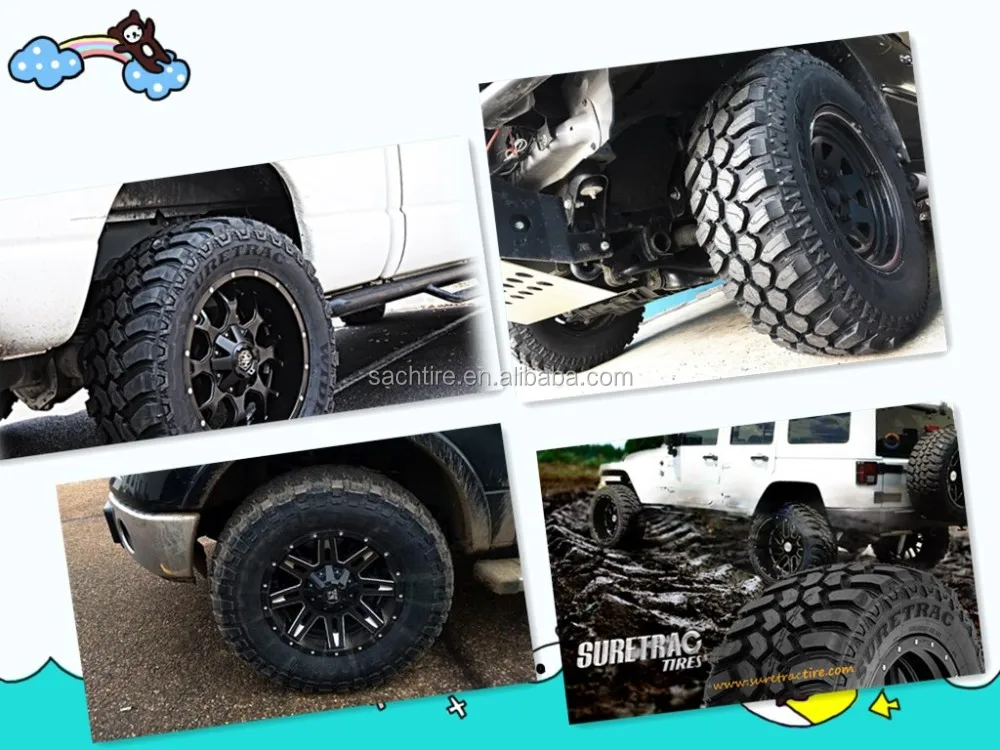 When the air pressure is low, the traction zone, or the size of the tire’s footprint on the ground, increases. The larger the footprint, or traction, the greater the ability to overcome rocks and obstacles. Additionally, reducing tire pressure decreases the possibility of slippage, which translates into decreased tread wear.
When the air pressure is low, the traction zone, or the size of the tire’s footprint on the ground, increases. The larger the footprint, or traction, the greater the ability to overcome rocks and obstacles. Additionally, reducing tire pressure decreases the possibility of slippage, which translates into decreased tread wear.
By now, the importance of tire rotation is evident. However, it is one of the most critical measures to extend tire life. The key to mud tire rotation is to be very disciplined when changing tires. If the driver rotates the tires every 3000 miles consistently, he will be working to extend the life of the tires.
One factor contributing to tire longevity is checking that the suspension is in good condition. A defective shock absorber can immediately cause the tread to become completely worn or unusable.
Not only is it essential to check that the shock absorbers are in good condition, but it is also vital that the vehicle has the correct alignment.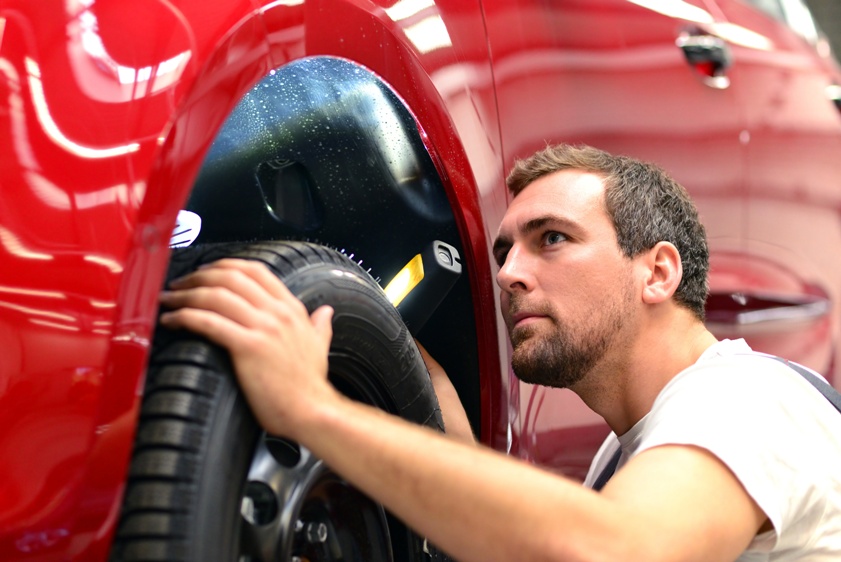 Experts recommend that before going off-road, it is advisable to have the vehicle’s wheels aligned. Remember that not all alignments are the same. You will likely no longer apply the manufacturer’s original indications if you have a modified car. So your best option is to entrust this work to a specialized professional center.
Experts recommend that before going off-road, it is advisable to have the vehicle’s wheels aligned. Remember that not all alignments are the same. You will likely no longer apply the manufacturer’s original indications if you have a modified car. So your best option is to entrust this work to a specialized professional center.
If you use your off-road vehicle on the road daily, you should store mud tires as correctly as possible. Tires are susceptible to oxidation which results in dry rot. New tires become hard and dry, and cracks begin to appear. This process occurs faster if they are left exposed to sun and heat.
The best alternative is to store tires individually in a covered garage or shed that is out of the sun. It is also a good idea to buy rubber covers that protect them completely.
The main highlight we should take away is that we rotate mud tires so that they get even wear. Rotating mud tires every 3000 miles will provide us with optimum traction on the road, which translates to the safety of the driver and his passengers.
Explore more →
The head of the Za Rulem tire test group, Sergey Mishin, on the eve of the spring-summer changing season, answered our readers' questions about summer tires.
How to choose the right tires and not overpay, how to navigate the tire labels, is it worth buying used tires? Sergey Mishin, head of the tire test group of Za Rulem magazine, answered these and many other questions about winter tires online in the fall. In the spring, we opened a new round of tire hotline.
Andrey: I want to install Cordiant Off Road 205/70 R15 on Chevrolet Niva. The car is often off-road. In winter, it doesn’t work at all?
I guess the word "nothing at all" about this tire can be used on any hard surfaces, even in summer. That is, on an asphalt road, these tires are suitable for moving from one muddy area to another. In winter it will be even worse. In deep snow, these tires will help if the weather is not very frosty. With a strong minus, the rubber will freeze and harden, losing elasticity.
In winter it will be even worse. In deep snow, these tires will help if the weather is not very frosty. With a strong minus, the rubber will freeze and harden, losing elasticity.
On slippery surfaces (ice, packed snow) it is simply dangerous to ride them - they will behave almost like slicks. The number of edges that Cordiant Off Road can catch on micro-roughnesses is literally meager. On the snowy porridge, it will be possible to move only by walking. If you go a little faster, the car will start to yaw and may lose control.
Artem Artemov: The tests do not make it clear how many kilometers the tire will run, but I would like to. The harder the rubber compound (Shore), the longer the wheel will last, right? By the way, does ADAC somehow test rubber for wear?
Theoretically correct, other things being equal, but too exaggerated. To some extent, it is true only for extreme regimes with deep slips.
In everyday driving life is often not so. Wear is influenced by many factors, in particular, the distribution of specific pressure in the contact patch, the chemical composition of the tread rubber, etc. If it were that simple, long-lasting tires would be produced by all tire companies. In the meantime, no one can catch up with Michelin tires in terms of resource size.
If it were that simple, long-lasting tires would be produced by all tire companies. In the meantime, no one can catch up with Michelin tires in terms of resource size.
One more moment is relevant for Russia - broken roads. Our tires are more often killed in pits. Therefore, their resource is often limited by the probability of damage. No tests will make it clear how many kilometers a tire will run. They can only show the difference in mileage between different tires, and in the same conditions. Wear tests with reliable results are a very expensive pleasure that domestic publications cannot afford, especially in times of crisis.
Artem Artemov: It happens that light-alloy wheels “chop” a tire — will switching to a higher load index help solve this problem? And what threatens such a transition?
Will help to some extent. As an example, I can cite foreign cars sold in Russia: most of them today have an excess load index.
Nothing terrible will happen - the car will become a little stiffer, less comfortable.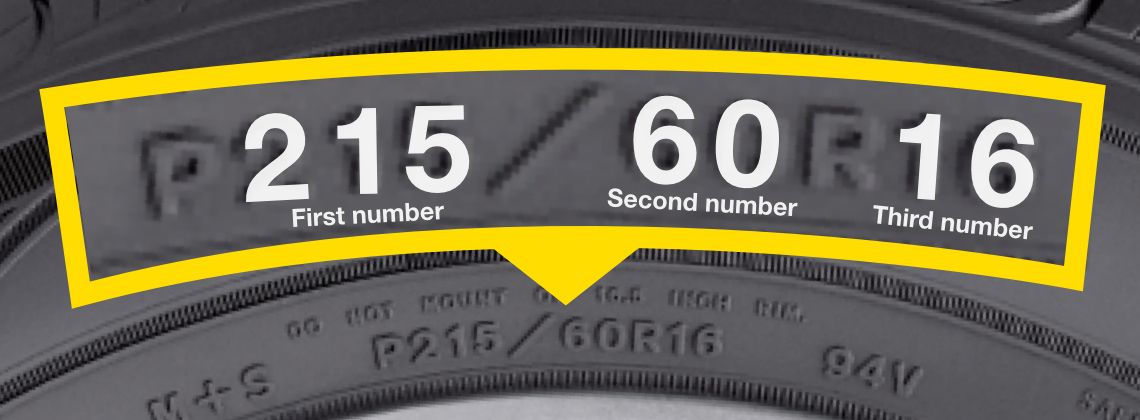 But the question of how much the probability of sidewall breakdown will decrease in this case is unlikely to be answered by anyone.
But the question of how much the probability of sidewall breakdown will decrease in this case is unlikely to be answered by anyone.
At the same time, tires that are too hard will adversely affect the life of the suspension elements, since the load on them will increase.
Life experience tells us that the most durable tires are usually Bridgestone. But due to the thick sidewall, they are usually the heaviest, which negatively affects the fuel efficiency of the car.
Alexey: During the seasonal wheel change, the tire changers swapped the left and right wheels so that they rotated in the opposite direction from the correct direction. I felt better vehicle stability and increased wheel noise. Tell me, besides rapid wear and tear, what did I risk from a safety point of view?
Absolutely nothing if these tires are not directional. When the tire rotates in one direction, when starting and braking, its tread eventually resembles (of course, exaggeratedly) a kind of ratchet that slips slightly in one direction.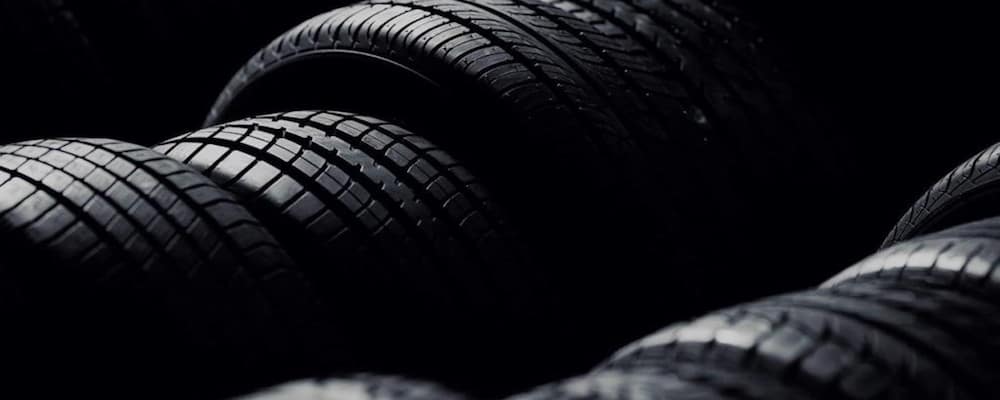 And now it was forced to rotate in the opposite direction - of course, the protruding "corners", bumping into the asphalt, will make additional noise. But not for long, until the tread wears in and takes the form corresponding to the direction of rotation. If you have driven about 100-300 km, depending on the driving modes, it makes no sense to turn the tires over, because you will step on the same "rake".
And now it was forced to rotate in the opposite direction - of course, the protruding "corners", bumping into the asphalt, will make additional noise. But not for long, until the tread wears in and takes the form corresponding to the direction of rotation. If you have driven about 100-300 km, depending on the driving modes, it makes no sense to turn the tires over, because you will step on the same "rake".
If the tires have a directional pattern and are installed "in reverse" - in puddles, water will not be removed from the contact patch. The machine may float at low speed and lose control. Nothing critical will happen on a dry road.
Ilya Zyamzin (a question from a member of the VKontakte group): What is the essence of wheel balancing with balls like beads and for what purposes is it more profitable to use this method. Are there any cons?
As I understand it, the essence is the same as when using liquids or gels for balancing. At high speed, the system (!) "tire + balls / liquid / etc.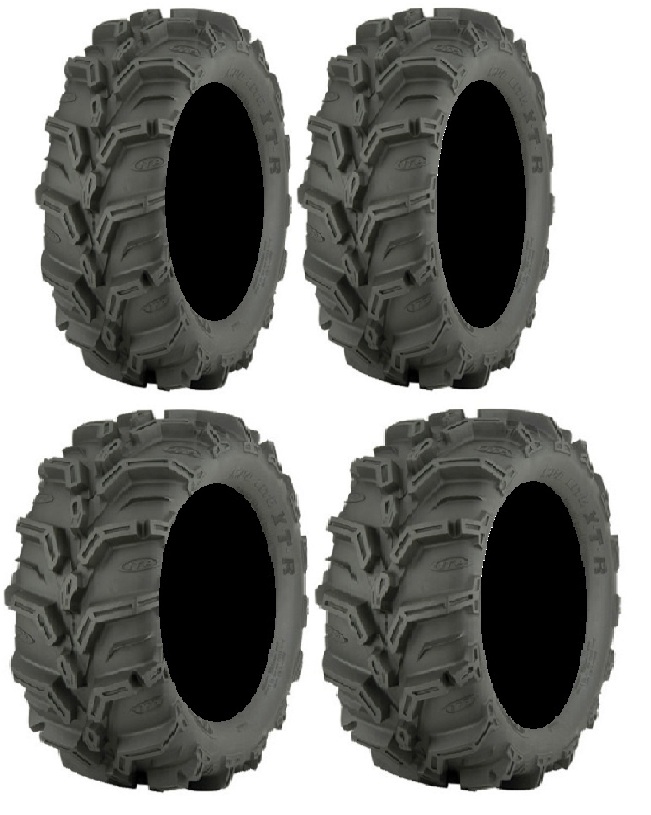 " self-balancing under the influence of centrifugal forces. In fact, such proposals have not found wide application in passenger tires. I don't believe in such "lazy" balancing: in my opinion, it's unreliable, and if it works, it won't last long.
" self-balancing under the influence of centrifugal forces. In fact, such proposals have not found wide application in passenger tires. I don't believe in such "lazy" balancing: in my opinion, it's unreliable, and if it works, it won't last long.
Unnamed: I have hernias on 2-year-old Bridgestone Turanza er300 tires, I want to change them for the new season. But here's the problem - they are no longer produced! They were replaced by Bridgestone Turanza Т001. The pattern is very similar, only the maximum speed index is different. Can I put them when installing on one axle?
I believe that there are no serious contraindications to such a configuration. I want to give the only advice - put new tires on the rear axle. Then you are guaranteed to get a slight understeer. If you put new tires in front, and the rear ones are already thoroughly worn, the car may have a tendency to skid.
Unnamed: What would you recommend for a Volga Cyber car in size 205/60R16? I looked after the Pirelli Cinturato P7 92H TL, but the letters at the end confuse me - TL.
In my opinion, a good choice for racing enthusiasts. The letters TL should not confuse. Today, almost all tires are TL (TubeLess), i.e. tubeless.
g900: Should I buy new summer tires that have been in stock for 2 years?
Theoretically guaranteed tire life is 5 years. Further (over the next 5 years), the owner of the car must decide for himself whether to continue operating or not. The decision is made on the basis of an assessment of the condition of the tread and sidewall, mainly focusing on the presence of microcracks in the rubber. Not to mention the residual depth of the tread grooves of at least 1.6 mm.
Based on these recommendations, these tires have eight years left to serve as "legitimate" (10 - 2 = 8). Another important point is where and how the tires were stored for these two years. If on the street, under the sun, rain and snow, which happens very often, and even in high piles, when the lower tires are deformed, I would not. If in a warehouse indoors, in low piles, you can probably buy it.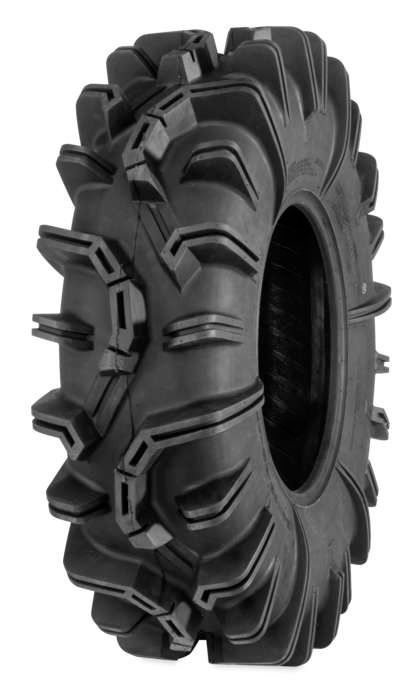 At the same time, try to pay attention to the week of manufacture of the tire - on the sidewall of each tire you can find a four-digit welded-in stamp. The first two mean the week of production, the second two mean the year. It is important that the entire kit be made in one week or with a minimum variation.
At the same time, try to pay attention to the week of manufacture of the tire - on the sidewall of each tire you can find a four-digit welded-in stamp. The first two mean the week of production, the second two mean the year. It is important that the entire kit be made in one week or with a minimum variation.
Petya Vasechkin: I am choosing comfortable summer tires for the city and going out of town on a Nissan Qashqai crossover with a dimension of 215/65 R16. In winter I use DMV2 Velcro from Bridgestone and therefore I choose soft summer tires. This size has a lot of all-season tires marked M + S and sometimes even a snowflake. Tell me, is it worth considering all-season tires exclusively for summer operation?
A few years ago we tested all season tires. Due to their versatility, in terms of grip properties on snow and ice, they lose to winter ones, and on asphalt, they lose to summer ones. I can add personal observations: the higher the temperature, the greater the difference.
Petya Vasechkin: I found Treadwear index 640 on Toyo Open Country H/T tires. Tell me, what is he talking about? On other summer tires, the same index is 300. Does this indicate the stiffness of the tire?
Continental helped me answer this question. The Treadwear Index speaks of the "relative" resource of a tire. The larger it is, the higher the resource. It has nothing to do with tire stiffness. The Treadwear index is relevant only for products approved for sale in the United States. It is determined in the course of a special test called UTQG (Uniform Tire Quality Grading) using a special method in test site conditions close to laboratory ones, with a run of 10,000 km. At the same time, tire experts note that this test has nothing to do with reality, since wear in life depends on the conditions and modes of operation of the car.
Petya Vasechkin: In the news I found two new items this year for the BFGoodrich Urban Terrain T/A and Toyo Open Country U/T crossovers. Tell me your opinion, should you consider buying or should you wait for reviews?
Tell me your opinion, should you consider buying or should you wait for reviews?
No one but you knows your requirements for the tires you choose. I think you need to gather your will into a fist and make a decision yourself. Sometimes your own experience is much more valuable than someone else's. In the best, positive sense.
Petya Vasechkin: I am considering a Bridgestone Ecopia 850 road tire. What choice would you make for comfortable soft summer tires for a crossover mainly for the city? As some manufacturers indicate, I would like "80% - city, 20% - primer." Perhaps you suggest watching something else.
Pay attention to the Michelin Latitude — the tires of this series deserved the epithets “the most comfortable” in our tests.
Michelin Latitude Sport 3
Michelin Latitude Sport 3
T Ahmed: Recommend a couple of semi-slicks with a good price / quality ratio in size 235/45 R17 available in the territory of the Customs Union.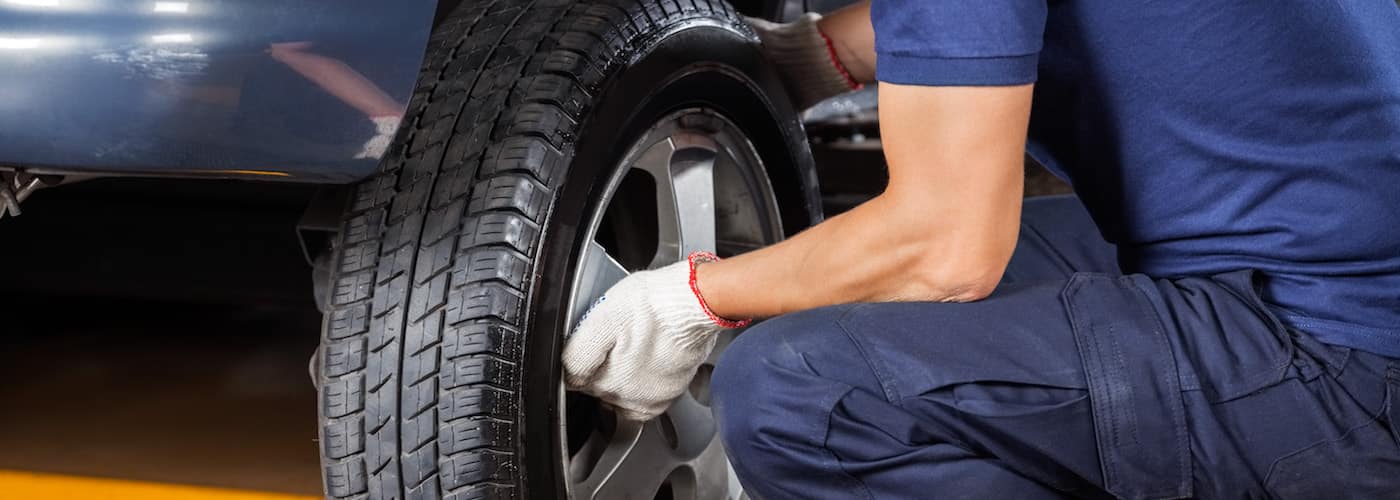 Bonus points if production is localized right there. The first criterion in the selection is lateral grip on wet pavement, the second is on dry pavement, and the third is predictable drift behavior on wet and dry pavement. Kumho Ecsta MX seems to be out of production for many seasons, so I'm thinking about Hankook Ventus V12 evo2…
Bonus points if production is localized right there. The first criterion in the selection is lateral grip on wet pavement, the second is on dry pavement, and the third is predictable drift behavior on wet and dry pavement. Kumho Ecsta MX seems to be out of production for many seasons, so I'm thinking about Hankook Ventus V12 evo2…
Indeed, the Kumho Ecsta MX is no longer in production, some dealers are selling off leftovers. The Ecsta SX KU36 is about to come to replace it. This is where my objective information ends. Unfortunately, we practically did not test semi-slicks, except that Toyo Proxes R888 fell into our hands. Since my own experience with semi-slicks is very limited, I'll try to express my own thoughts.
Kumho Ecsta MX
Kumho Ecsta MX
Pro Kumho. I will refrain from advice to buy Kumho in this size. The fact is that five to ten years ago tires of this brand regularly participated in our tests. And this is the pattern we noticed: in the small size (R14), the Ecsta SPT KU-31 and Solus KH-17 tires caused a lot of positive emotions and rave reviews about handling. At the same time, in larger sizes (R15 and R16), the same or similar models were no longer so well balanced, although in general the reviews about them are not bad. Perhaps my views are outdated and do not correspond to today's reality.
And this is the pattern we noticed: in the small size (R14), the Ecsta SPT KU-31 and Solus KH-17 tires caused a lot of positive emotions and rave reviews about handling. At the same time, in larger sizes (R15 and R16), the same or similar models were no longer so well balanced, although in general the reviews about them are not bad. Perhaps my views are outdated and do not correspond to today's reality.
About Hankook. The modern models of this rapidly progressing company make a very pleasant impression. I suppose the reasons for the rapid development are that this South Korean company has its own technical center in Germany, and does not behave like many eastern manufacturers, "our tires are popular in Japan / Korea, which means they will be bought in Russia." Hankook, unlike "standard" Eastern companies, is trying to understand the Europeans, to refine their products to meet their requirements. So, I approve of this direction, although Hankook Ventus V12 evo2 can hardly be called a semi-slick - Hankook Ventus R-S3 is more suitable for sports.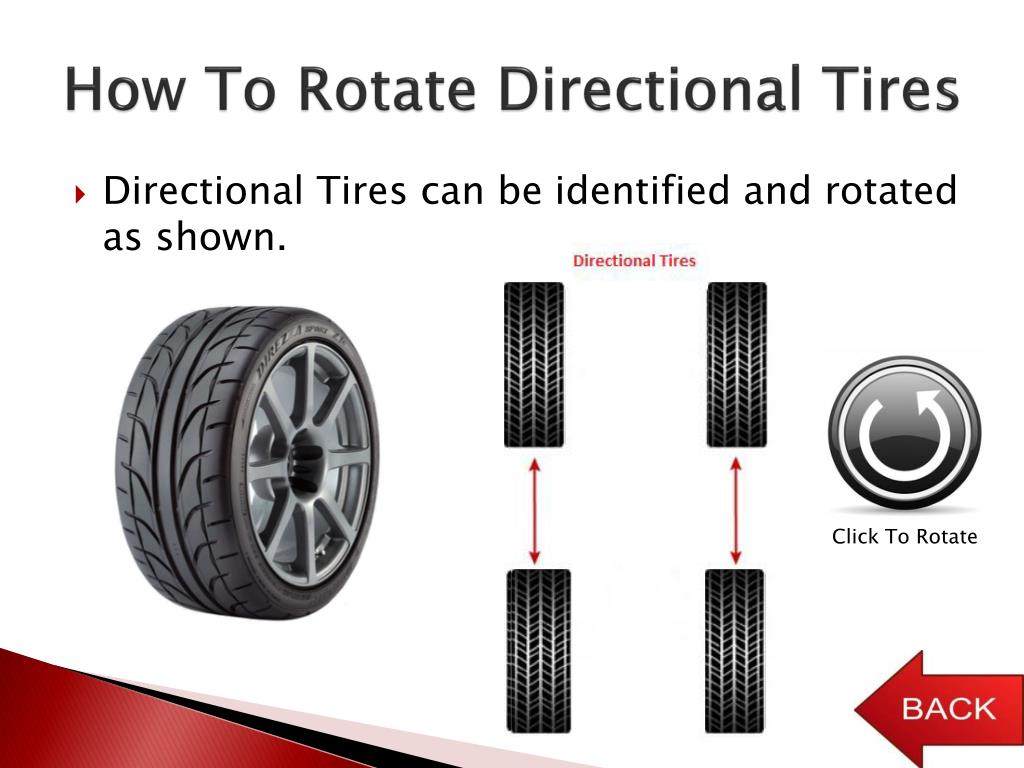
About Toyo. This is another eastern company that I have great respect for. By the way, they also have their own research center in Germany, and therefore they understand Europeans well. I also recommend looking towards Toyo Proxes R888 and Toyo Proxes R888R (available to order) - quite decent tires.
Unfortunately, none of these brands has localized production.
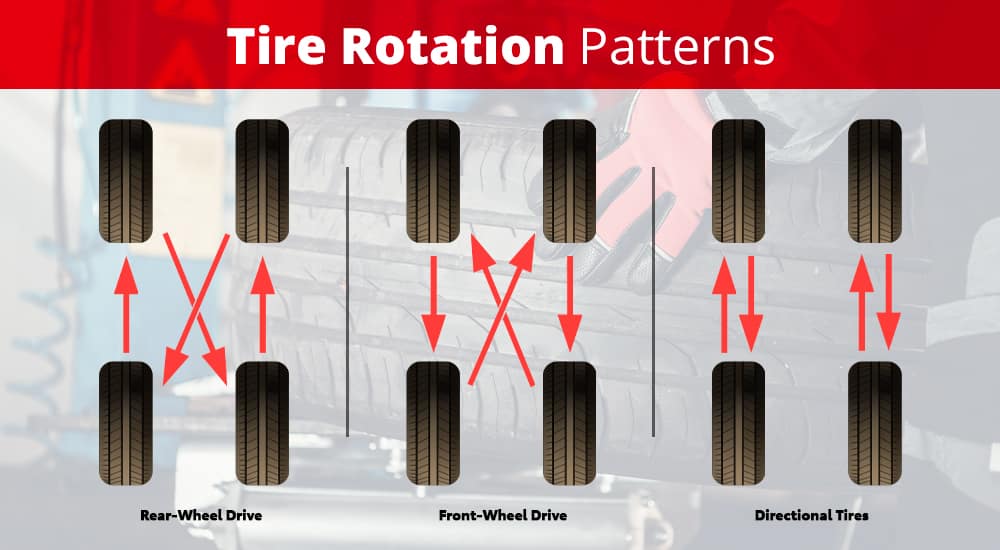 For convenience, we have collected new items from eight leading brands in one review.
For convenience, we have collected new items from eight leading brands in one review. Photo: manufacturing companies and "Behind the wheel"
Moving on to summer: frequently asked questions
Let's move on to summer: frequently asked questions
Mud tires are a special type of car tire designed to conquer off-road areas.
This type of rubber differs significantly from standard car tires designed for urban use.
The main differences between mud tires and urban tires are:

It is the high profile and width of the tire that gives the car more reliable grip on off-road surfaces. Aggressive large pattern and lugs allow you to increase the vehicle's cross-country ability and overcome various road obstacles.
Special A/T and M/T markings are available for this type of rubber.
The A/T stands for All-Terrain - tires that are suitable for all types of road surfaces. This type of rubber has average performance in off-road areas. Tires of this type are also recommended not to be used in urban daily use. The permissible speed index is limited for A/T mud tires to 140 km/h. Also, this type of tire has a longer braking distance and increases the risk of aquaplaning at high speeds.
These tires are suitable for light off-road areas, trips to country roads without hard surface, fishing and forest trips. Driving through deep mud, water and wading on these tires is not recommended.
M/T marking stands for Mud-Terrain, which indicates its purpose for operation in mud. For urban use, this rubber is unsuitable, as tires wear out quickly on a hard road surface and affect driving.
Due to the severity of this type of tires, the car becomes less maneuverable, the maximum comfortable speed for movement is 60-80 km / h.
Many SUV owners are sure that mud tires have no seasonality and are suitable for use both in summer and in winter.
Theoretically, winter operation of mud tires in winter is possible, however, leaves a strong imprint on driving style. Driving on mud tires in winter must be done with extreme caution.
At extremely low temperatures, the rubber composition of the compound loses its properties and mud rubber can become too “hard”, which will negatively affect its properties. Mud tires also increase the consumption of the car, making it less maneuverable and unstable in icy conditions.
Mud tires provide relatively poor grip on winter roads and become extremely dangerous when the car hits ice. In such a situation, the all-wheel drive system can, on the contrary, become a minus for an SUV.
Packed snow is also an almost impassable obstacle for mud tyres. The tire tread becomes clogged with snow and becomes like a slick, which is extremely ineffective for providing optimal grip on a winter road. The car in such a situation becomes almost uncontrollable.
An important difference between winter tires and mud tires is the presence of sipes, which provide reliable grip of the car with the winter road surface. Mud tires do not have sipes, so they become stiff and uncontrollable at low temperatures.
The only possible way to travel on mud tires in winter is to drive on slush and loose snow at relatively high winter temperatures.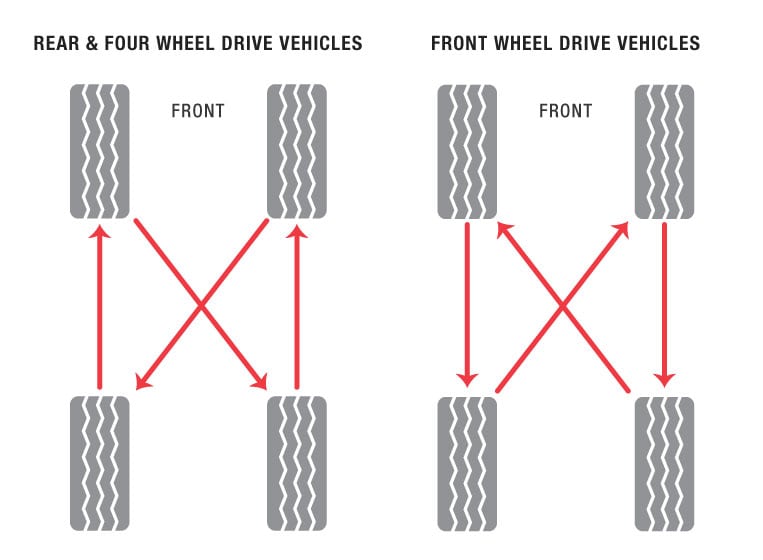 The structure of loose snow resembles mud, so mud tires can easily cope with it. However, at high speeds, mud tires increase the risk of hydroplaning, which can lead to uncontrolled skids, ditching or vehicle rollovers.
The structure of loose snow resembles mud, so mud tires can easily cope with it. However, at high speeds, mud tires increase the risk of hydroplaning, which can lead to uncontrolled skids, ditching or vehicle rollovers.
If your safety and the safety of your passengers is more important to you than saving money, it is recommended to change mud tires for winter tires in winter.
Other publications
How to choose winter tires for the Audi Q7?
The Audi Q7 is a premium full-size SUV that combines off-road performance with ride comfort. The concept of the car suggests the possibility of traveling on this car for lovers of outdoor activities. In order to maintain the capabilities of the car even in winter, it is necessary to choose the right winter tires.
Read more
Audi prepares rival for Range Rover
Automotive brand Audi is about to launch the Audi Q9, which will become the main competitor to the popular premium SUV Range Rover.